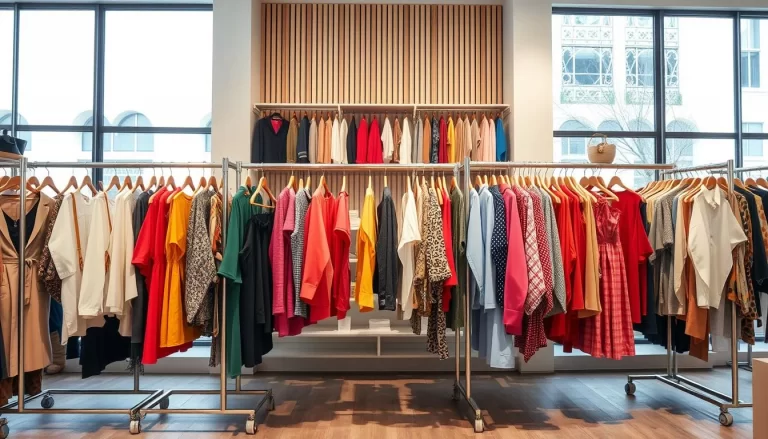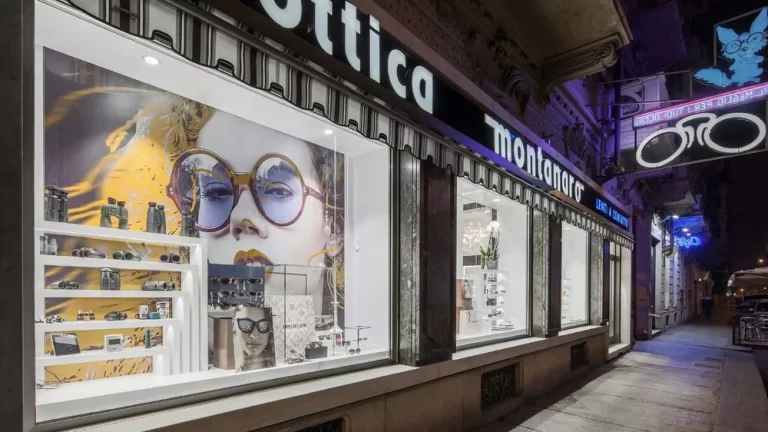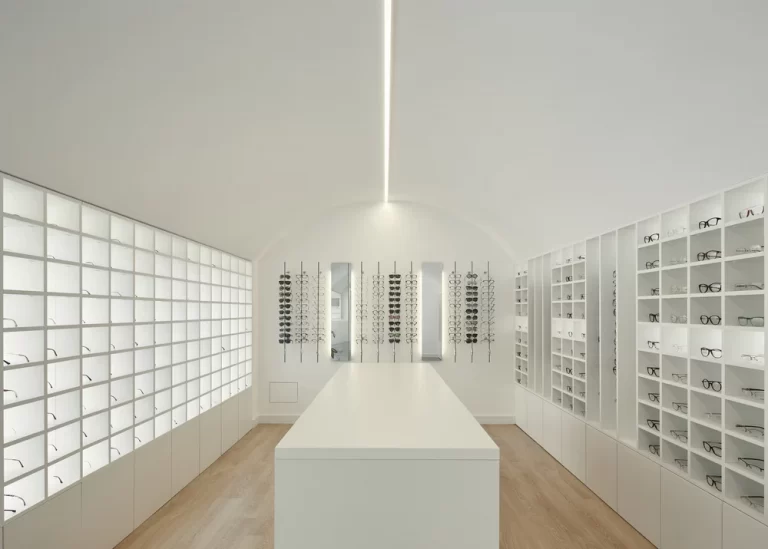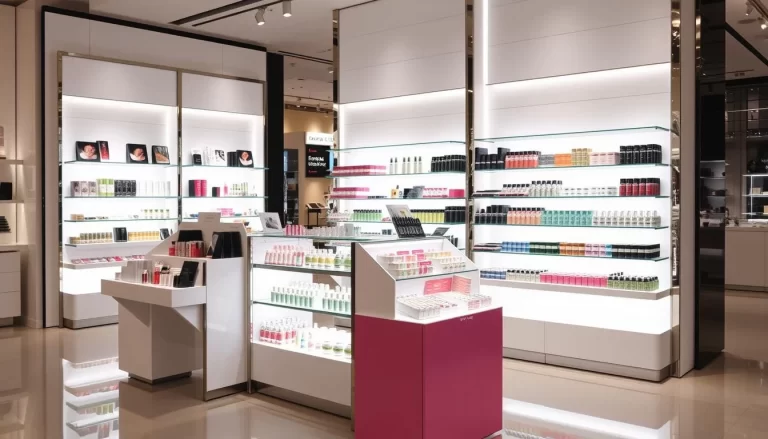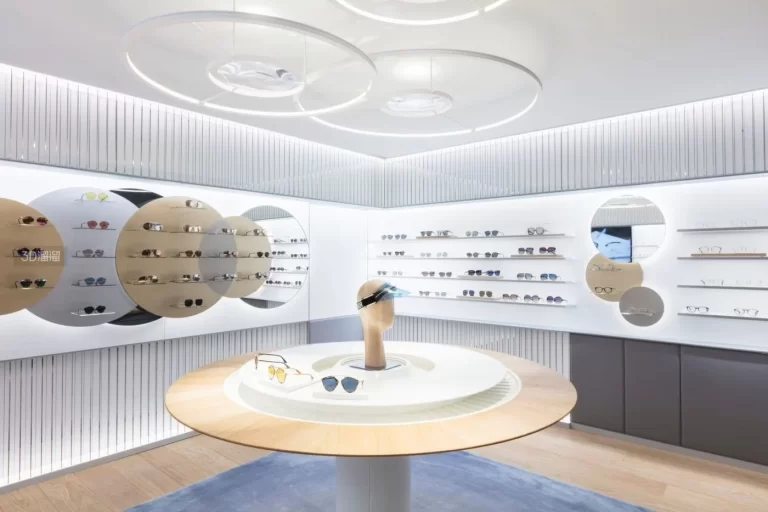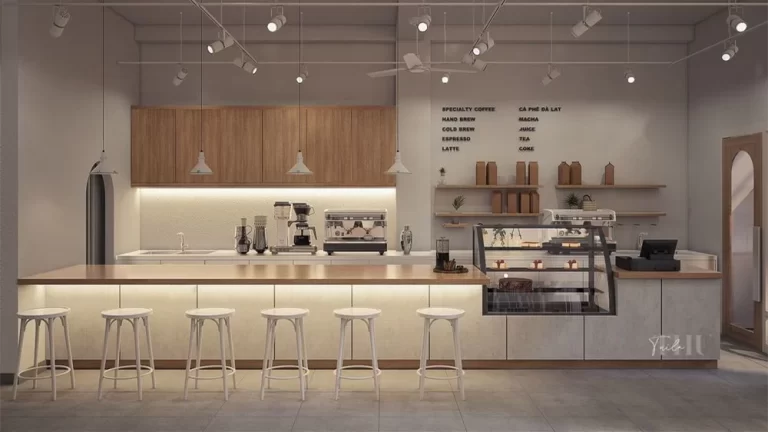Optical Shop Interior Design: Crafting Spaces That Inspire Trust and Sales
In the competitive eyewear industry, optical store design plays a pivotal role in attracting customers, enhancing their experience, and driving sales. For optical shops in the U.S., where consumers prioritize both functionality and aesthetics, a well-planned interior can set a business apart. This guide explores actionable strategies for creating retail spaces that blend style, comfort, and efficiency while aligning with modern trends.
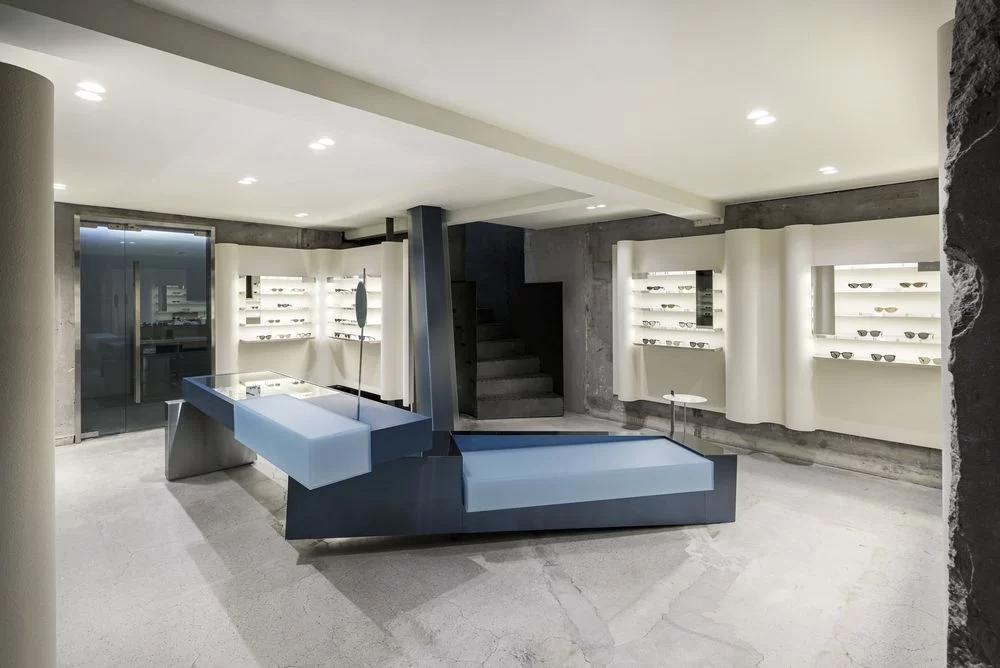
Why Optical Store Design Matters
A well-designed optical shop is more than just a place to buy glasses—it’s an extension of your brand’s identity. In the U.S., where consumers spend over $16 billion annually on eyewear, standing out requires thoughtful design that:
- Builds trust through professionalism
- Simplifies the customer journey
- Encourages longer browsing times
- Highlights products effectively
For example, Warby Parker’s minimalist yet welcoming stores emphasize accessibility, while luxury brands like Oliver Peoples focus on sophisticated displays to reflect premium quality.
Key Elements of Successful Optical Shop Layouts
Balance Functionality and Aesthetics
An optical store’s layout must guide customers seamlessly from entry to checkout. Consider these principles:
Key Points:
- Zoning: Divide the space into zones (e.g., frames display, exam rooms, checkout).
- Traffic Flow: Avoid clutter; use open pathways to prevent bottlenecks.
- Focal Walls: Highlight bestsellers or seasonal collections with strategic placement.
Example Layout Plan
| Zone | Purpose | Recommended Size (sq. ft.) |
|---|---|---|
| Reception/Waiting | Greet customers, check-ins | 150–200 |
| Frame Display | Showcase eyewear collections | 300–500 |
| Consultation Area | Personalized fittings, advice | 100–150 |
| Exam Rooms | Eye tests, consultations | 120–200 (per room) |
| Checkout | Finalize purchases, upsell | 80–120 |
Lighting Strategies for Eyewear Retail Spaces
Lighting impacts how customers perceive frames and your brand. Poor lighting can distort lens colors or make spaces feel unwelcoming.
Layer Lighting for Versatility
Combine three types:
- Ambient: Soft overhead lights for general illumination.
- Task: Focused lights for mirrors and fitting stations.
- Accent: Spotlights to highlight displays or artwork.
Pro Tip: Use LED lights with a Color Rendering Index (CRI) above 90 to ensure frames appear true to color.
Color Psychology in Optical Store Design
Colors influence emotions and purchasing decisions. Neutral tones (white, beige) convey cleanliness, while bold accents (navy, emerald) add energy.
Choosing a Palette That Resonates
- Trust: Blues and greens evoke calm and reliability.
- Luxury: Metallics (gold, silver) or deep tones (charcoal, burgundy).
- Youthful Vibes: Pastels like blush pink or mint.
Integrating Technology for a Modern Experience
U.S. consumers expect tech-driven convenience. Consider these innovations:
- Virtual Try-On Screens: Let customers “test” frames digitally.
- Interactive Kiosks: Provide product details or style quizzes.
- App-Connected Displays: Sync with loyalty programs or AR apps.
Case Study: LensCrafters uses tablets for frame recommendations, reducing decision fatigue.
Display Tips for Frames and Accessories
Creative displays turn products into focal points.
Organize for Visual Appeal
- Group frames by style (e.g., vintage, sporty) or color.
- Use tiered shelves to maximize vertical space.
- Rotate seasonal collections near the entrance.
Sustainability in Optical Shop Interiors
Eco-conscious design resonates with U.S. shoppers.
- Materials: Reclaimed wood, recycled metal, or biodegradable acrylic.
- Energy Efficiency: Motion-sensor lights, solar panels.
- Branding: Highlight sustainability efforts in signage.
Future Trends in Optical Retail Design
- Biophilic Design: Incorporate plants and natural textures.
- Modular Furniture: Adjustable displays for flexibility.
- In-Store Experiences: Host styling workshops or eye health seminars.
Conclusion
Optical store design is a powerful tool to elevate your brand, improve customer satisfaction, and boost revenue. By prioritizing intuitive layouts, smart lighting, and tech integrations, U.S. retailers can create spaces that feel both modern and inviting. Start small—even minor updates like reorganizing displays or adding accent lighting can make a big difference.

